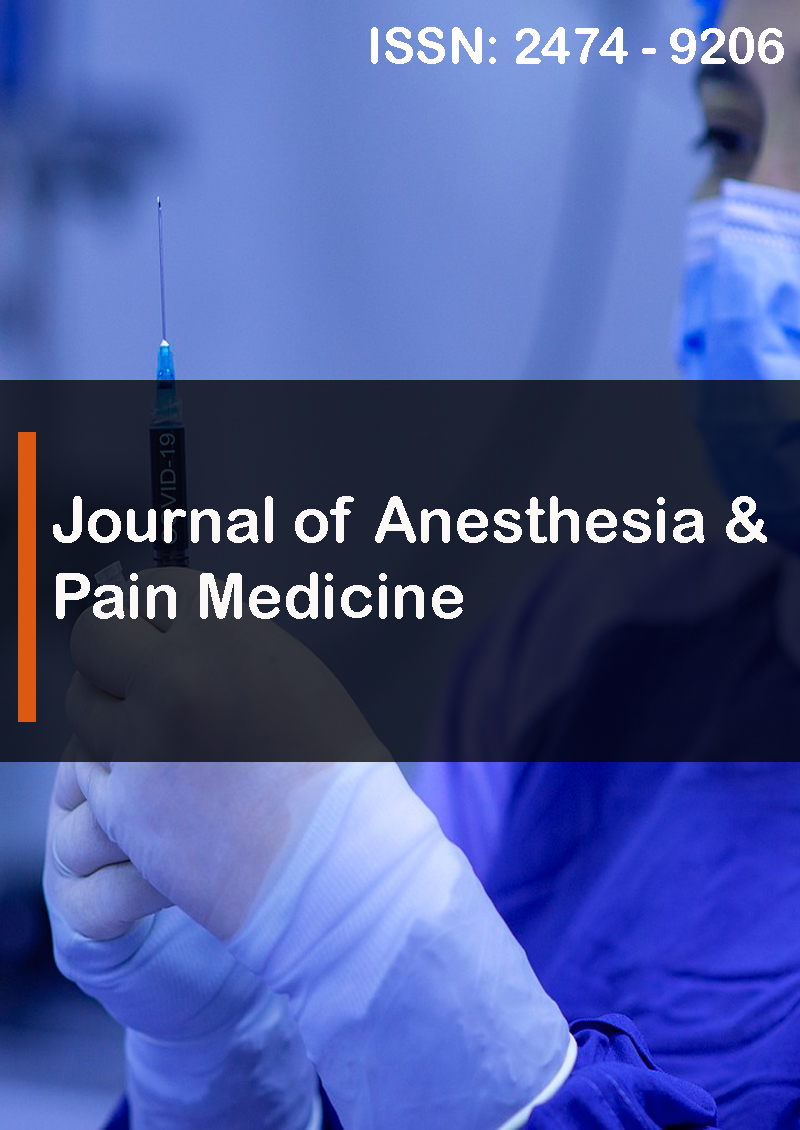A Narrative Review on Central Neuraxial Blocks and Direct Oral Anticoagulants
Abstract
Owain Thomas, Anna Wigerstad Lossing, Karin Strandberg and Ulf Schott
Objective In numerous studies aspiring to clarify when to discontinue direct oral anticoagulants (DOAC) before central nerve blocks (CNB), information about the technique: spinal, epidural, indwelling catheter, multiple attempts, ‘bloody tap’: is incomplete. This creates difficulty making evidence-based recommendations regarding the safest time frame between the last dose of DOAC and CNB to avoid spinal haematoma. Current guidelines and recommendations are based mainly on pharmacokinetic predictions of the time taken to reach low residual plasma levels of DOAC. Empirical research is almost impossible since the risk of haemorrhagic complication is very low.
Design A structured search of publications on DOAC and CNB was performed on Pubmed.
Results Accurate plasma level measurements by mass spectrometry are usually not available. Indirect calibrated anti-Xa and IIa methods are unreliable at DOAC levels <30 ng/ml. DOAC plasma levels that are safe for CNB are presently unknown.
Conclusion We recommend at least 5 half-lives (T1/2) after the last dose of DOAC before performing CNB, as there is wide interindividual variation in T1/2 and thereby residual plasma concentrations. The maximal residual DOAC plasma level should then be below 3% of therapeutic levels. Such long interruption times prior to surgery are problematic in patients at high risk of arterial and venous thromboembolism, it may be safer to withhold DOAC for 4 half-lives and conduct surgery without CNB. Bridging with low molecular weight heparin (LMWH) may increase the risk of spinal haematoma with CNB.



